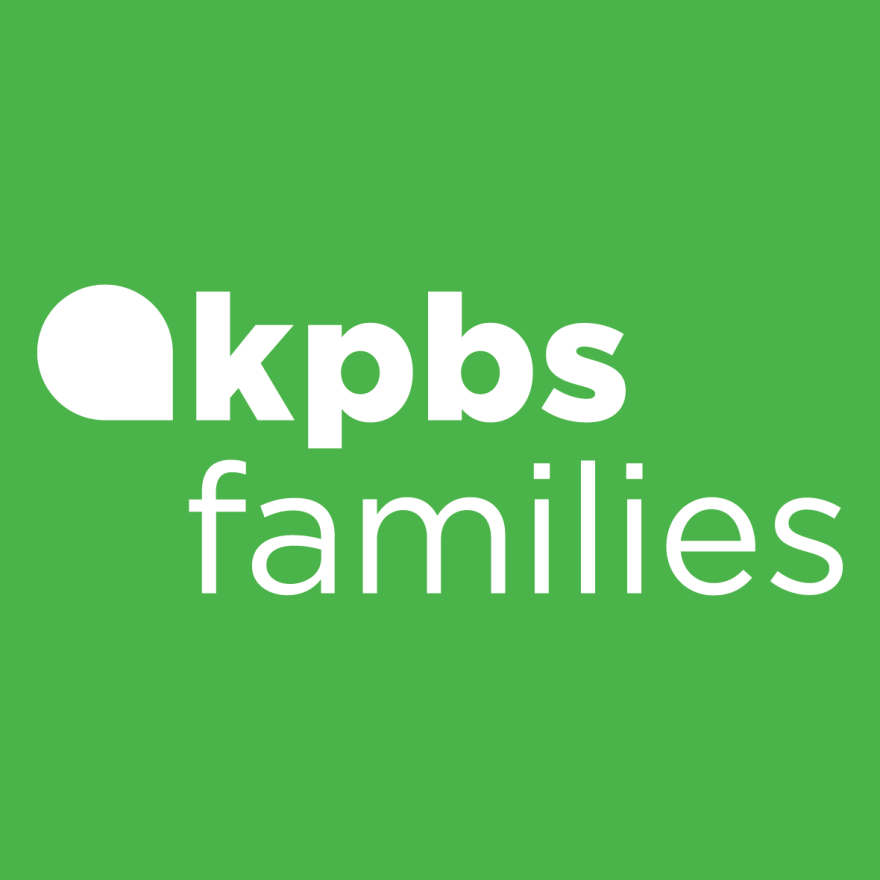In a busy sixth-grade classroom at Millennial Tech Middle School Wednesday, Thomas Courtney taught a language arts lesson. He also teaches history and now penmanship.
“I took my cursive writing so seriously (when I was a student), and I would get better and better," Courtney said to his class while discussing revisions on their essays.
On Jan. 1, cursive writing became a state requirement for all California public school students in first through sixth grades. It has not been required since 2010, when success on standardized tests became much more important.
“When you’re under that kind of pressure, you tend to put the cursive stuff aside even though you know it’s part of a robust and empowering set of lessons," he said.

“It’s like a fun experience to write with cursive, and it kind of helps you write neater," said Sofia Cach, 11. She considers cursive writing her artistic outlet and feels fortunate to have had an elementary school teacher who showed her how to write.
“Art is fun. You can do things like painting, drawing, and cursive is a perfect way to get started," she said.
Chanel Landeros, 11, is a classmate with a different opinion. She prefers to punch keys on her Chromebook computer to complete assignments rather than write with pen and paper. She said, "It’s not fear, but it’s just not knowing how to do it. I don’t think it will be easy for me."
The new state law revives the writing of letters with strokes that don’t leave the page until the word is complete.
The benefits include improvement of child brain development and fine motor skills.

Claude Bakundukize, 12, wants to be a baseball player or engineer when he grows up and does not see the benefit. He said, "Because I’m used to typing quick. I can do my work quickly, so I’m also thinking fast.”
Mr. Courtney is excited to see where this experiment takes his students.
"Their work on paper is art to them. When you lose that, what else do you lose? Can I measure that on a standardized test? I don’t think so. Can I see it in my classroom? 100%," Courtney said.






